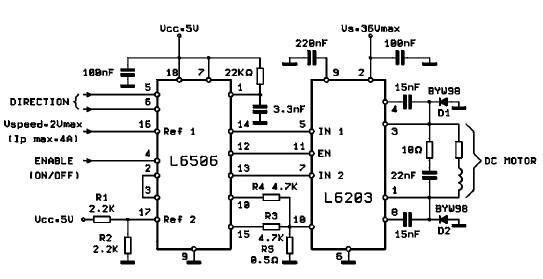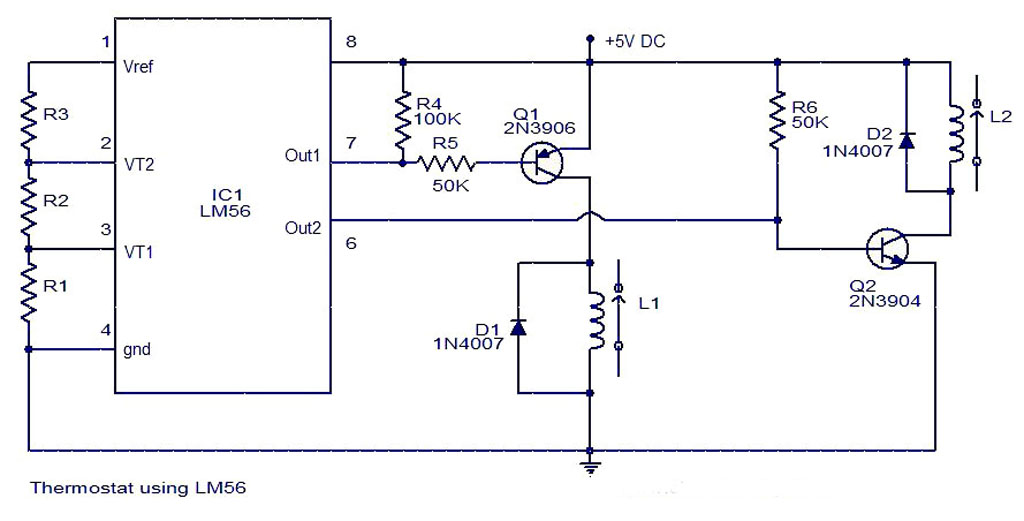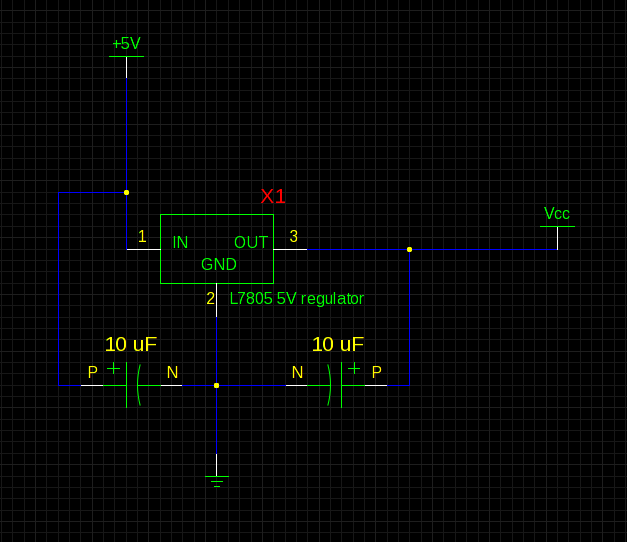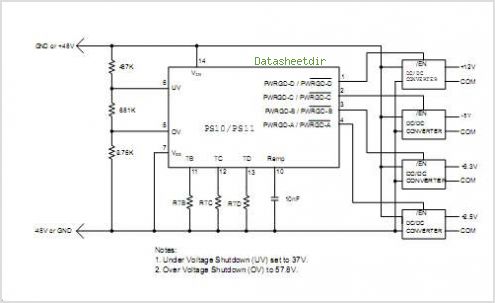
Remote Doorbell Controller
.jpg)
The project outlines a method to add a cost-effective remote doorbell to an existing household doorbell system, particularly useful for individuals who may not hear the doorbell when in the basement. The household doorbell operates on a continuous 24VAC transformer. When the button is pressed, it activates the bell. To implement this project, three conductors must be tapped: 24VAC, common, and doorbell. The doorbell signal is active only when the button is pressed. A remote doorbell kit, which includes a small transmitter unit with a pushbutton and a receiving unit with a speaker, is required. The transmitter operates on a small 12V battery and is designed to be mounted near the door using double-sided tape. The receiver requires 2 AAA batteries and features various tunes, including Christmas carols. However, this project eliminates the need for battery replacements. The sending unit circuit utilizes a 555 timer, which is powered continuously and functions as a timed one-shot. The timer is triggered by the doorbell button signal, which is conditioned by a 78L12 regulator and a 2N3904 transistor. The output from the 555 timer activates a small reed relay, which in turn powers the transmitter module. A 560-ohm resistor is placed in series with the 555 timer to accommodate a 5V relay. The relay switch applies 12 volts to the transmitter module's battery terminals. It is essential to short the pushbutton in the transmitter module for proper operation. The pushbutton should be bypassed, and two wires connected to the battery terminals. When the doorbell button is pressed, the 555 timer is triggered, activating the relay for 1 to 2 seconds, depending on the resistor R5, which allows the transmitter to send its signal. A SPDT pushbutton (SW1) is included for testing the remote doorbell without triggering the house doorbell. If an SPDT pushbutton is unavailable, it can be omitted or replaced with a jumper or toggle switch.
The proposed circuit design for the remote doorbell enhancement integrates several key components to ensure reliable operation. The 555 timer is configured in a monostable mode, allowing it to output a single pulse when triggered. This pulse duration can be adjusted by changing the resistor and capacitor values associated with the timer. The 78L12 voltage regulator stabilizes the input voltage to the 555 timer, ensuring consistent performance regardless of variations in the input voltage from the doorbell system.
The 2N3904 transistor acts as a switch, allowing the 555 timer's output to control the relay. The relay serves as an interface between the low-voltage circuit and the transmitter module, enabling safe operation without direct exposure to the higher voltage of the doorbell system. The use of a reed relay minimizes power consumption and enhances the overall efficiency of the circuit.
When the doorbell button is pressed, the circuit is activated, causing the 555 timer to generate a pulse that energizes the relay. This pulse duration can be fine-tuned by adjusting the resistor R5, allowing for flexibility in how long the transmitter is activated. The transmitter, once triggered, sends a signal to the receiving unit, which alerts the user through audible sounds.
In summary, this project provides a practical solution for enhancing doorbell functionality, particularly for those with hearing challenges in specific areas of the home. The integration of a remote transmitter and receiver, combined with the efficient use of a 555 timer and relay, results in a user-friendly and effective doorbell system.I usually can`t hear the doorbell when I`m in the basement. This project describes how to add an inexpensive remote doorbell to your existing household doorbell. My doorbell runs off of a 24VAC transformer that is live all the time. Someone presses the button and the bell sounds. To implement this project, it is necessary to tap 3 conductors from the system: 24VAC, common, and doorbell. The doorbell signal is the one that is live only when the button is pressed. You also need a remote doorbell kit. I found a very inexpensive one on eBay, consisting of a small transmitter unit with a pushbutton, and a receiving unit with a speaker. The transmitter is very simple. It takes a tiny 12V battery (supplied), and you`re supposed to stick it next to your door with double-sided tape.
The receiver takes 2 AAA batteries. As a bonus it sounds numerous tunes, including christmas carol jingles, so you`re bound to find one that you like. I don`t like products like this that use batteries that require replacement, and you`ll find in my project none are needed.
I designed this circuit for the sending unit: A 555 timer, powered on all the time, is used as a timed one-shot. The timer is triggered by the signal from the doorbell button, conditioned by a 78L12 regulator and a 2N3904 transistor.
The remote transmitter is triggered by the output of the 555, using a small reed relay. The relay I used was a 5V unit, so I placed a 560 ohm resistor in series to the 555 timer. 12 volts from the relay switch is applied to the transmitter module battery terminals. Oh yes, you must short the pushbutton in the transmitter module for this to work! Remove the transmitter from its case, short out the pushbutton and connect two wires to the battery terminals. When the doorbell button is pressed, the 555 is triggered and drives the relay for 1 to 2 seconds, depending on R5.
The transmitter then sends its signal. SW1 is actually a SPDT pushbutton. It is handy to test the remote doorbell without sounding the house doorbell. If you can`t find a SPDT pushbutton, you can simply omit it or substitute a jumper or toggle switch. 🔗 External reference
The proposed circuit design for the remote doorbell enhancement integrates several key components to ensure reliable operation. The 555 timer is configured in a monostable mode, allowing it to output a single pulse when triggered. This pulse duration can be adjusted by changing the resistor and capacitor values associated with the timer. The 78L12 voltage regulator stabilizes the input voltage to the 555 timer, ensuring consistent performance regardless of variations in the input voltage from the doorbell system.
The 2N3904 transistor acts as a switch, allowing the 555 timer's output to control the relay. The relay serves as an interface between the low-voltage circuit and the transmitter module, enabling safe operation without direct exposure to the higher voltage of the doorbell system. The use of a reed relay minimizes power consumption and enhances the overall efficiency of the circuit.
When the doorbell button is pressed, the circuit is activated, causing the 555 timer to generate a pulse that energizes the relay. This pulse duration can be fine-tuned by adjusting the resistor R5, allowing for flexibility in how long the transmitter is activated. The transmitter, once triggered, sends a signal to the receiving unit, which alerts the user through audible sounds.
In summary, this project provides a practical solution for enhancing doorbell functionality, particularly for those with hearing challenges in specific areas of the home. The integration of a remote transmitter and receiver, combined with the efficient use of a 555 timer and relay, results in a user-friendly and effective doorbell system.I usually can`t hear the doorbell when I`m in the basement. This project describes how to add an inexpensive remote doorbell to your existing household doorbell. My doorbell runs off of a 24VAC transformer that is live all the time. Someone presses the button and the bell sounds. To implement this project, it is necessary to tap 3 conductors from the system: 24VAC, common, and doorbell. The doorbell signal is the one that is live only when the button is pressed. You also need a remote doorbell kit. I found a very inexpensive one on eBay, consisting of a small transmitter unit with a pushbutton, and a receiving unit with a speaker. The transmitter is very simple. It takes a tiny 12V battery (supplied), and you`re supposed to stick it next to your door with double-sided tape.
The receiver takes 2 AAA batteries. As a bonus it sounds numerous tunes, including christmas carol jingles, so you`re bound to find one that you like. I don`t like products like this that use batteries that require replacement, and you`ll find in my project none are needed.
I designed this circuit for the sending unit: A 555 timer, powered on all the time, is used as a timed one-shot. The timer is triggered by the signal from the doorbell button, conditioned by a 78L12 regulator and a 2N3904 transistor.
The remote transmitter is triggered by the output of the 555, using a small reed relay. The relay I used was a 5V unit, so I placed a 560 ohm resistor in series to the 555 timer. 12 volts from the relay switch is applied to the transmitter module battery terminals. Oh yes, you must short the pushbutton in the transmitter module for this to work! Remove the transmitter from its case, short out the pushbutton and connect two wires to the battery terminals. When the doorbell button is pressed, the 555 is triggered and drives the relay for 1 to 2 seconds, depending on R5.
The transmitter then sends its signal. SW1 is actually a SPDT pushbutton. It is handy to test the remote doorbell without sounding the house doorbell. If you can`t find a SPDT pushbutton, you can simply omit it or substitute a jumper or toggle switch. 🔗 External reference





